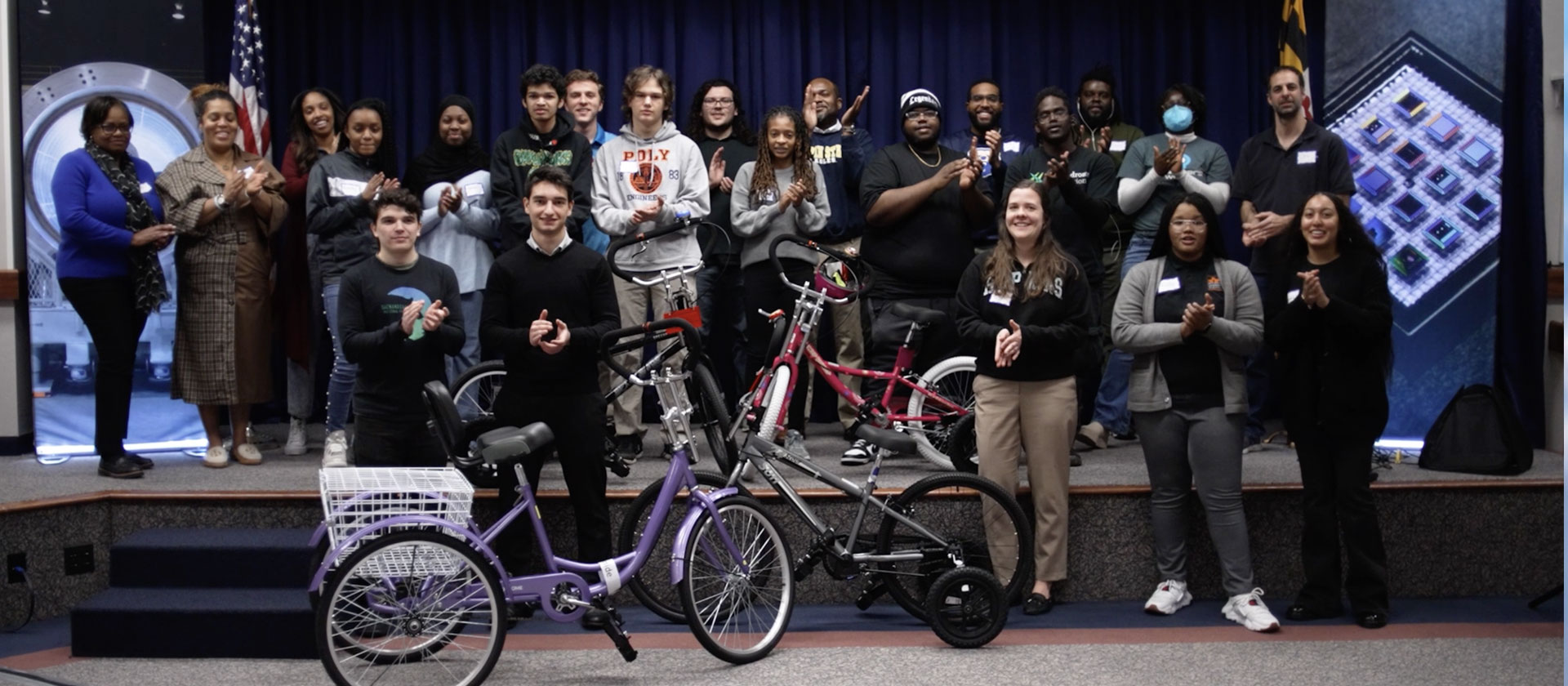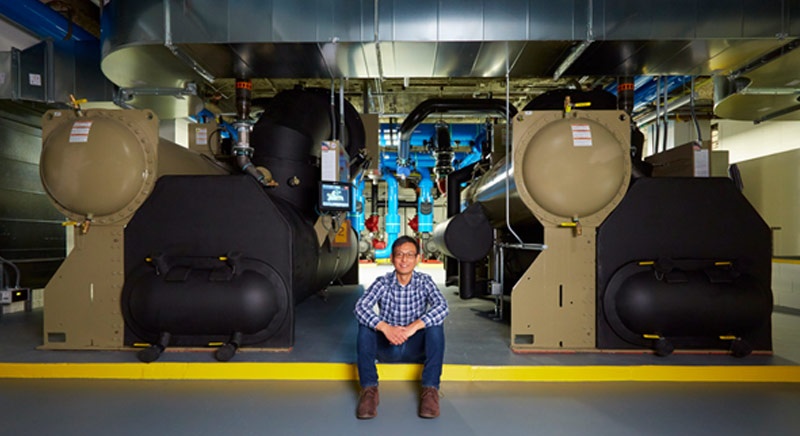Morgan Freeman was a junior in high school when she was part of Northrop Grumman’s High School Improvement Program.
Powering the Future of Missile Defense Through Mentorship
When it comes to building the future of national defense, no one does it alone.
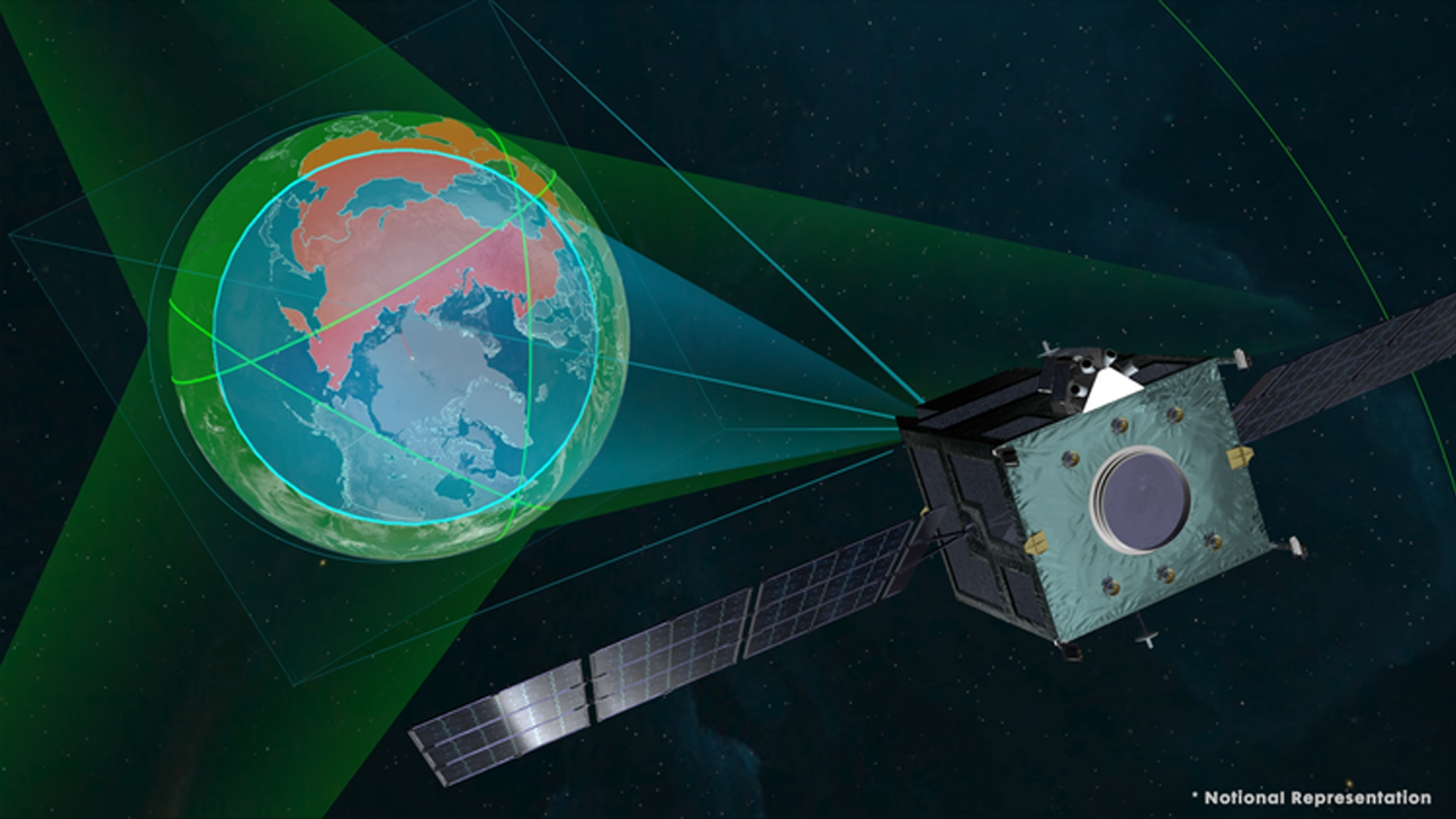

By Erin Cross
When it comes to building the future of national defense, no one does it alone. For engineers Jason Maresh in Azusa, California, and Colin Sullivan in Boulder, Colorado, mentorship is a critical ingredient in delivering results on some of the nation’s most crucial ground systems.
Northrop Grumman has delivered integrated, layered homeland defense for decades, including space-based missile warning and tracking systems like the Defense Support Program and Space-Based Infrared System (SBIRS) and future systems, such as Next-Generation OPIR Polar (NGP) and the Space Development Agency’s Proliferated Warfighter Space Architecture. Data from these systems is relayed to ground systems and processed via complex software into actionable information about missile threats.
Developing and sustaining this advanced software is technically challenging, and Northop Grumman engineers have honed their expertise over decades, applying their techniques and lessons learned to new systems — and teaching new engineers along the way.
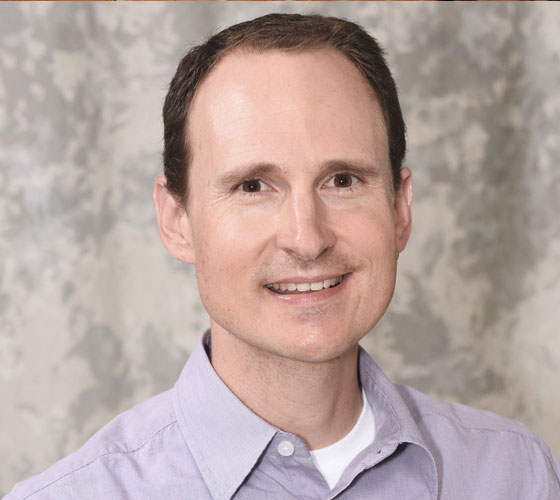
Lessons Passed Down, Leadership Passed Forward
In 2019, Jason — a seasoned engineer who started his career developing software for the SBIRS ground system and now leads the NGP Ground Software team — crossed paths with then-intern Colin. Colin, who studied aerospace engineering at University of Colorado Boulder, was eager to contribute to software development for the NGP ground system. What started as informal guidance soon evolved into a knowledge-sharing relationship, a powerful example of how cross-generational mentorship shapes both careers and mission-critical programs.
“Jason’s mentorship was absolutely paramount; I learned almost everything I know about the data processing side of ground software from him,” said Colin, who joined Northrop Grumman full-time in 2020. “Jason gave me space to figure things out and helped me shape technical conversations depending on my audience. That coaching set me up to succeed.”
Jason’s leadership approach was influenced by guidance he received early in his SBIRS career, where he said he learned the technical fundamentals of software development, and how to think critically, collaborate across teams, and approach challenges with system-level awareness.
“When I was a new engineer, my mentor wouldn’t just show me how to do something — he’d ask pointed questions to help me figure it out myself,” Jason said. “That approach stuck with me, and it’s the same way I mentor engineers like Colin today.”
This mentorship has paid off, with Colin now taking on leadership roles himself, including helping to architect a full end-to-end ground solution for a six-spacecraft constellation. Thanks to the support he received from Jason, Colin sees mentorship as both a responsibility and a way to pay it forward.
“It’s important that new hires feel welcomed and challenged,” said Colin. “Mentorship helps them succeed, which ultimately helps our customers succeed.”
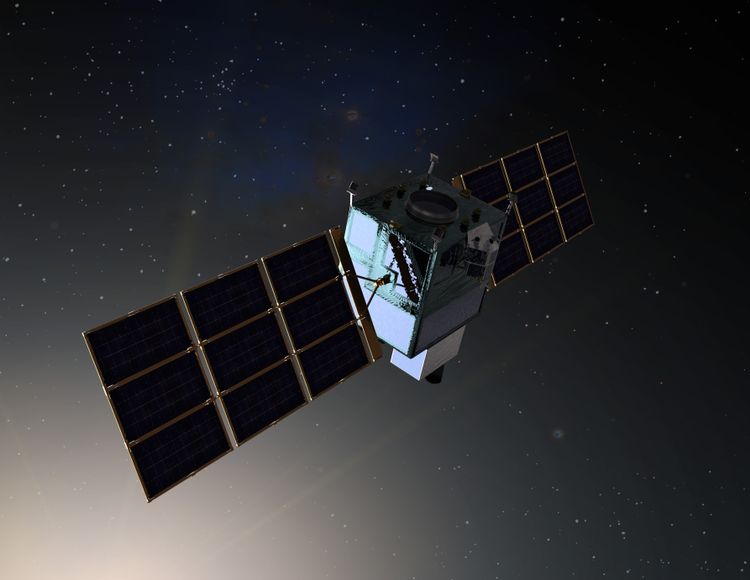
Mentorship as a Force Multiplier
As the threats facing our homeland evolve and escalate, upholding America’s national security is more critical, and challenging, than ever before. As the nation fast-tracks homeland defense capabilities in the face of these threats, leaning into our missile defense legacy while thinking beyond what was done in the past is crucial, underscoring the need for seamless knowledge transfer.
“You can’t capture everything in white paper,” Jason said. “Real-world implementation — how you apply processes, how you lead a team — that’s the kind of thing that gets passed down through mentorship.”
That continuity and deep mission comprehension is a quiet, driving force. Whether designing resilient ground systems, developing first-of-a-kind countermeasures or advancing command and control, Jason and Colin exemplify what happens when legacy meets innovation and when engineers invest in each other in the same way they invest in the mission.
Life at Northrop Grumman
Your work at Northrop Grumman makes a difference. Whether you want to design next-generation aircraft, harness digital technologies or build spacecraft that will return humanity to the moon, you’ll contribute to technology that’s transforming the world. Check out our career opportunities to see how you can help define possible.
